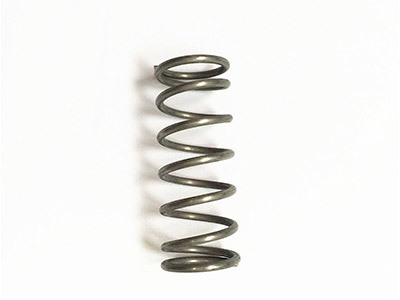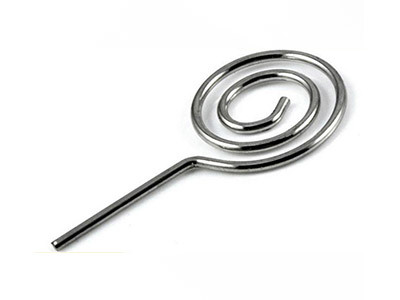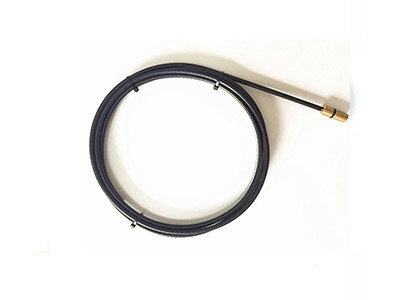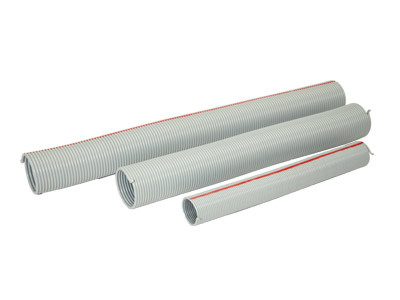Specification and tension of tensile spring
Release Time:
2024-05-23
Tension springs, also known as tension springs, have specifications and tension characteristics that are important factors that engineers and designers must consider. The following is a summary of the specification and tension of the tensile spring:

Tension springs, also known as tension springs, have specifications and tension characteristics that are important factors that engineers and designers must consider. The following is a summary of the specification and tension of the tensile spring:
Tensile spring specifications:
Initial tension: The tension that a stretch spring naturally has after manufacture, which is equal to the force required to pull apart adjacent spring rings.
Large load: The maximum tension that the stretch spring can withstand.
Spring constant (K value) : The stiffness coefficient of the stretched spring, which is calculated by the same formula as the pressure spring.
Tensile force calculation:
The initial tensile force is calculated as follows: initial tensile force = P - (K × F1), where P is the large load, K is the spring constant, and F1 is the stretching length.
Factors that affect tension:
Compared with the spring made of carbon spring steel wire, the initial tension of stainless spring steel wire is about 12% smaller.
The tensile spring after heat treatment hardening has no initial tension.
The manufacturing process of the stretch spring, such as cold drawing forming and strengthening treatment, will affect the initial tensile force.
Installation precautions:
In the installation of various specifications of the tensile spring, it is necessary to pre-pull to a slightly separate distance between the rings, and the pre-pull force is the initial tension.
Related News







